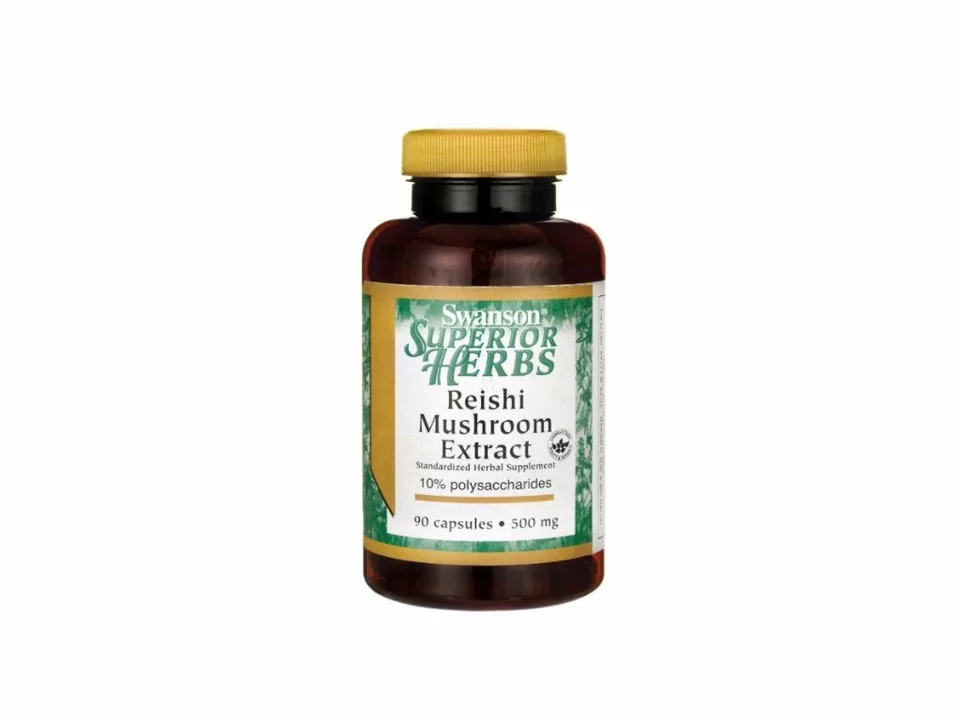Plant extract: How to pick, use, and stay safe
Plant extracts are in teas, capsules, tinctures, and creams. They can help with digestion, skin issues, or general wellness — but quality and safety vary a lot. If you want real benefits without surprises, focus on how the product was made, what the label says, and whether the maker tests their batches.
How to read labels and choose quality
Start with the common things people miss: the Latin name (like "Glycyrrhiza glabra" for licorice), the part of the plant used (root, leaf, flower), and whether the extract is standardized to a marker compound. Standardized extracts list a percentage — that helps you compare strength across brands.
Check the extraction method. Alcohol or glycerin tinctures pull different compounds than water. CO2 extracts concentrate oils. Powdered extracts often come from whole herb or concentrated material. Each method changes what you get and how it acts in the body.
Look for third-party testing. Seals from USP, NSF, or independent labs mean the bottle was checked for purity and contaminants. If a brand won’t share a certificate of analysis on their site, treat their claims cautiously.
Practical safety tips
Ask yourself: am I already on prescription meds? Many plant extracts interact with blood thinners, blood pressure drugs, and hormones. If you take chronic meds, check with your pharmacist or doctor before starting anything new.
Avoid huge one-time doses and long experimental runs. Start low, follow label directions, and watch for side effects like stomach upset, headaches, or allergic reactions. Pregnant or breastfeeding? Skip new herbal products unless a clinician approves them.
Where the extract is sourced matters. Wild-harvested herbs can carry heavy metals or pesticides if not tested. Farmed herbs vary by soil and climate. If you’re buying online, prefer sellers that list origin, testing, and extraction details. That keeps you safer than just trusting pretty packaging or celebrity endorsements.
Want specifics? Read our pieces on German Ipecac and Henna supplements to see real examples of how a single plant extract is presented, how benefits are described, and what safety notes matter. We also cover supplements like chondroitin and practical drug guides that point out interactions and buying tips.
Short checklist before you buy: Latin name present, part of plant named, extraction method listed, standardized percentage if relevant, third-party testing available, and clear dosing instructions. If any of those are missing, look for another product.
Plant extracts can be useful when chosen carefully. Use labels as your first safety tool, talk to a healthcare pro if you’re on other meds or pregnant, and prefer brands that publish test results. Browse our tag posts to compare specific herbs and real-world buying advice — that’s where you’ll find deeper guides and product tips we trust.
Get to Know Saw Palmetto: The Potent Plant Extract Taking the Supplement World by Storm
I recently came across Saw Palmetto, a potent plant extract that's making waves in the supplement world. This amazing plant, native to the southeastern United States, has a long history of traditional use for supporting urinary and reproductive health. Today, Saw Palmetto supplements are gaining popularity for their potential benefits in promoting prostate health, hair growth, and hormonal balance. I'm excited to explore the science behind this powerful herb and share my findings with you. Stay tuned to learn more about Saw Palmetto and its potential impact on our health and wellness.

